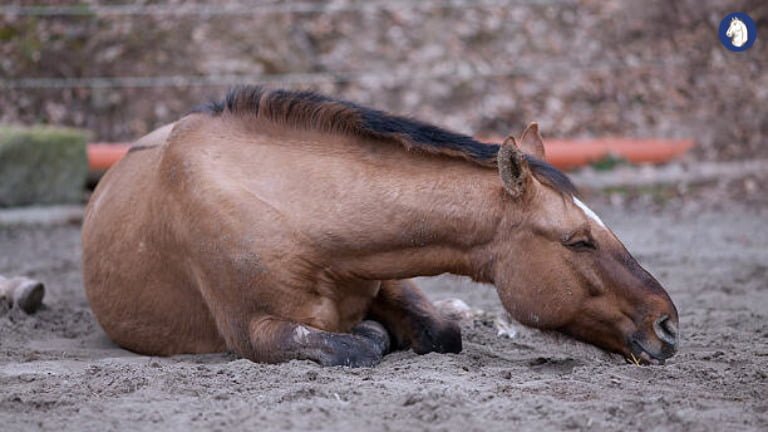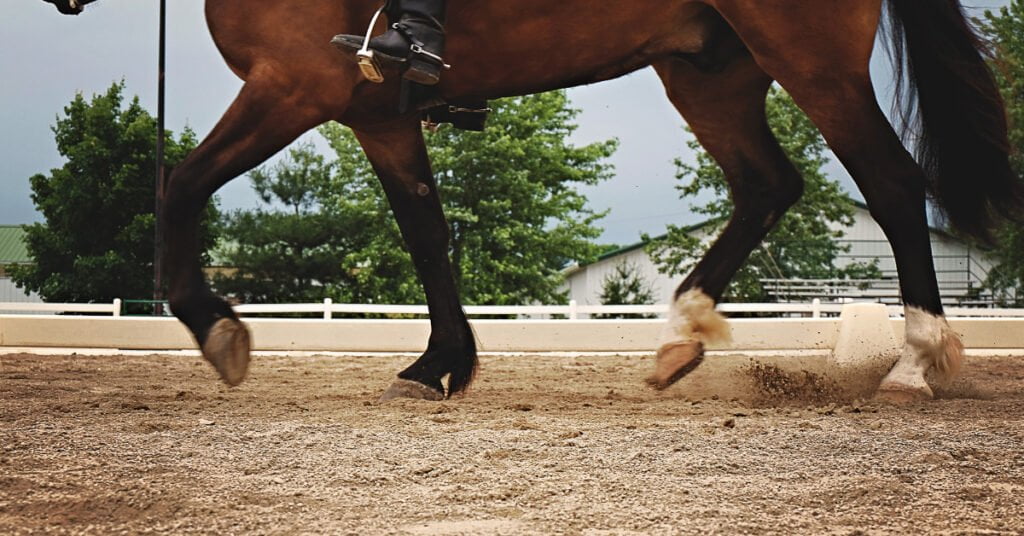Is Your Horse Hot?
Did you know horses are less heat tolerant than humans? So when you feel you’re getting overheated your horse probably feels the same way. As horse owners it’s important to know the normal vital sign ranges for your horse. The normal body temperatures range for a horse is 99-101.5F. Horses produce heat through exercise, digestion […]










